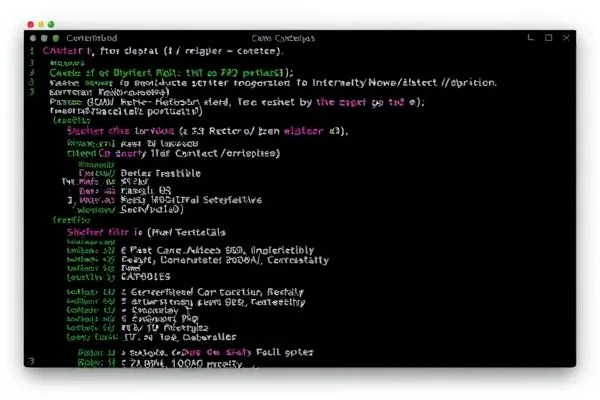Understanding the true state of your organization’s cybersecurity posture is imperative. The concept of Adversarial Exposure Validation (AEV) offers a comprehensive methodology to move beyond traditional risk assessments and towards a proactive defense strategy. This article explores the critical importance of AEV in identifying real threats and reinforcing organizational resilience.
Key Takeaways:
- AEV reveals hidden vulnerabilities that traditional assessments may overlook.
- Effective cybersecurity is about ongoing validation, not just compliance.
- Real-world testing, such as Breach and Attack Simulation, refines security posture continuously.
The Danger of False Confidence
Organizations often operate under the illusion that compliance equates to security. A well-maintained set of security tools and completed vulnerability patches can create a false sense of security. However, assessing risk through the lens of compliance can lead organizations into a state of vulnerability. Cyberattackers exploit vulnerabilities irrespective of compliance status, demonstrating that what appears secure on paper may be compromised in practice.
It’s crucial to recognize that CVE scores and compliance figures only represent theoretical vulnerabilities. These assessments can foster blind spots, creating confidence where none should exist and masking critical weaknesses. Adversarial Exposure Validation serves as a tool to assess the practicality of existing defenses, revealing which vulnerabilities are truly exploitable in your unique environment.
Implementing Adversarial Exposure Validation
Adversarial Exposure Validation provides organizations with a necessary shift in defensive strategy. It operates as a continuous cybersecurity stress test. By employing methodologies such as Breach and Attack Simulation, organizations can simulate real-world cyber threats comprehensively. This approach highlights weaknesses in security protocols by emulating attacker behaviors in a safe environment.
Moreover, effective AEV helps streamline remediation efforts. By prioritizing based on actual exploitability rather than hypothetical risks, security teams can effectively manage their resources and reduce operational complexity. Embracing an ‘assume breach’ mentality enables organizations to prepare for potential infiltration and enhances security readiness across all facets of cyber defense.
As Gartner predicts a shift toward continuous validation in cybersecurity frameworks, organizations that implement AEV will be better positioned to minimize breaches and proactively defend their digital assets. By committing to this strategy, security teams can transform noise into actionable insights, addressing not just the symptoms but the underlying vulnerabilities.
In conclusion, Adversarial Exposure Validation is a crucial component of a modern cybersecurity strategy. It empowers organizations to move beyond outdated compliance models and adopt a proactive defense posture that responds dynamically to real-world threats. To safeguard your business effectively, integrating continuous exposure validation is not merely advantageous but essential.









